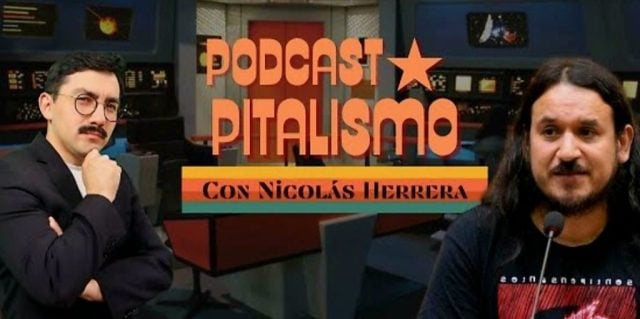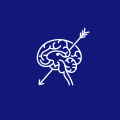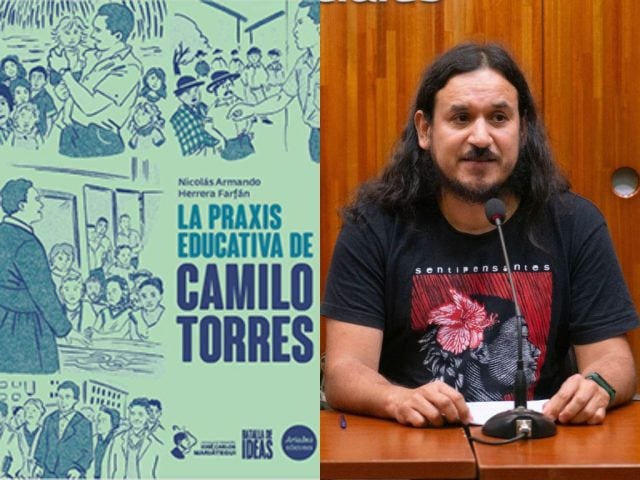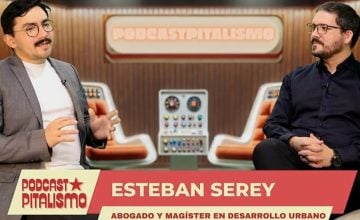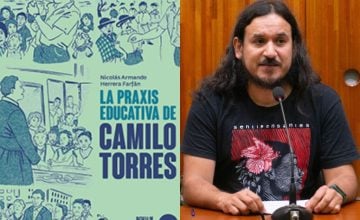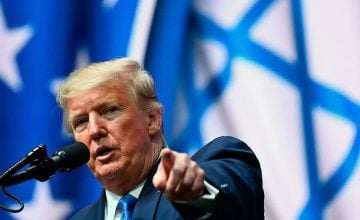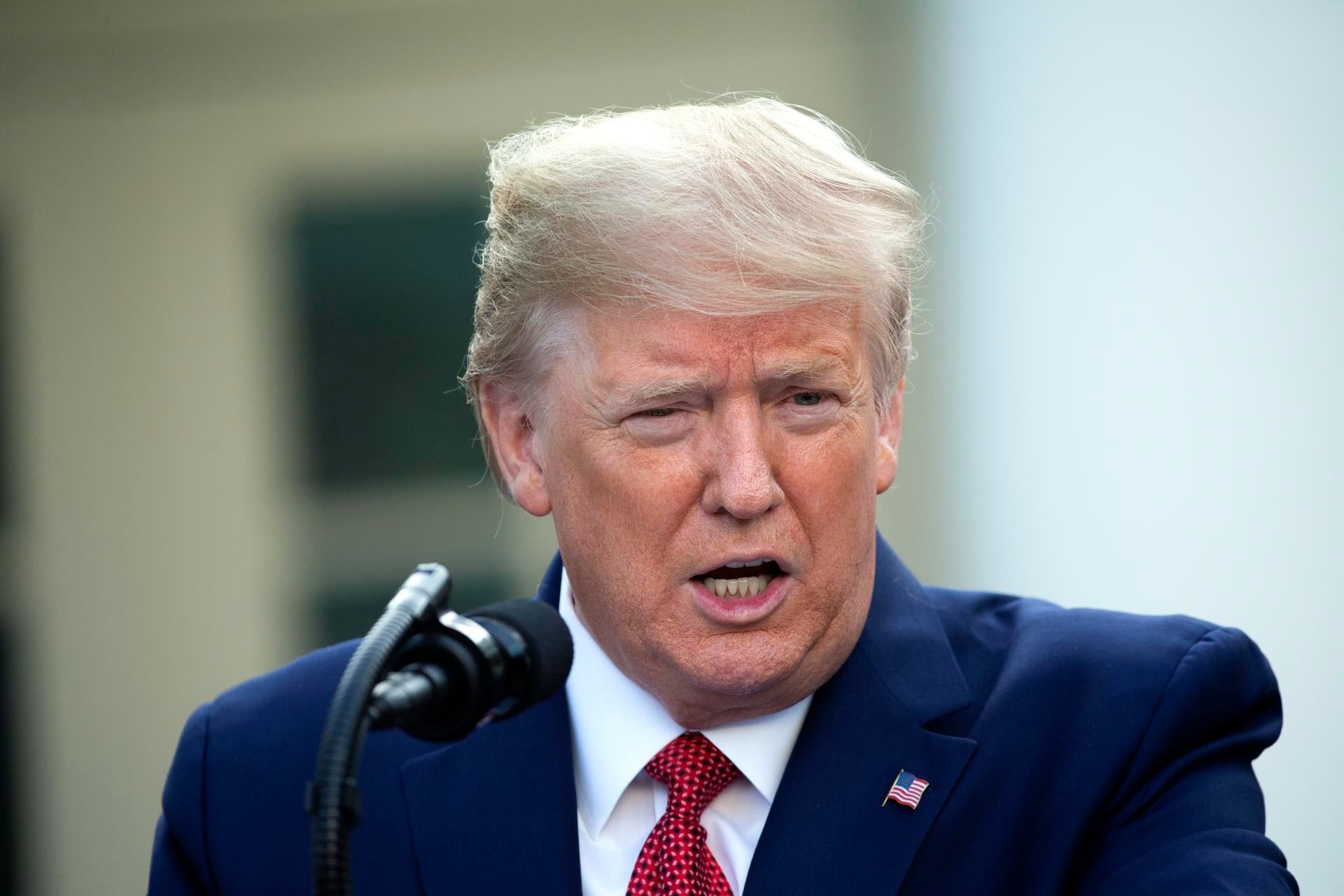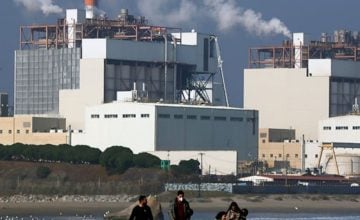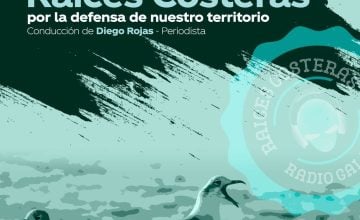Original article: ¿Qué nos dice hoy Camilo Torres? Filosofía de la Liberación para tiempos duros en Podcastpitalismo
This Tuesday marked the premiere of the second episode of the second season of Podcastpitalismo, a project produced in collaboration with the Rosa Luxemburg Foundation and El Ciudadano.
In this episode, Javier Pineda Olcay, lawyer and Director of El Ciudadano, engaged in a dialogue with Colombian psychologist, university professor, researcher, and activist Nicolás Herrera, an expert in Liberation Philosophy.
During the episode of Podcastpitalismo, the two delved into the legacy of Camilo Torres, a revolutionary priest who advanced Liberation Theology and Philosophy in Colombia and Latin America.
Below is an excerpt from the interview:
-Today, we will discuss Liberation Philosophy, its expression through Liberation Theology, and also provide a synthesis in terms of historical praxis with a significant reference, which is Camilo Torres and the Colombian experience. So, Nicolás, I would like to ask you for a debate on what is understood by Liberation Philosophy.
Thank you very much, Javier, and thanks to the El Ciudadano team for this invitation. We must consider the origin of the term «liberation» to understand the theoretical production. Concerns about liberation stem from the popular struggles and decolonization efforts in Asia, Africa, and Latin America during the 1950s and 1960s. There is no theory without practice.
Every practice precedes theory, or rather, every theory is a systematization of practice. Initially, there was no theory to apply to these struggles, thus it became necessary to start constructing a theory that would evolve in various ways.
They might not have been formally called liberation movements, but they were similar in nature. One undeniable pioneer of this new wave is Paulo Freire (Brazilian educator and philosopher), who does not directly discuss liberation but rather focuses on oppression and the oppressed. The oppressed truly need to be liberated, but this is a logical conclusion.
It wasn’t until the 1970s that discussions about the strict process of liberation formally began. Orlando Fals Borda, a significant figure in this movement and a Colombian sociologist, celebrated his 100th birthday this year. He referred to 1970 as the «kabbalistic year,» the year of the goat, noting its coincidental intellectual telepathy. Four pivotal books were published that same year without direct connections.
In Santiago, «Dialectics of History» by Franz Hinkelammert was released; in Montevideo, the Spanish edition of «Pedagogy of the Oppressed» by Paulo Freire came out; Lima saw the first edition of «Liberation Theology: Perspectives» by Gustavo Gutiérrez; and in Bogotá, Fals Borda’s «Science of the Colonial and Propria» published its first edition. All four addressed similar themes. Notably, this year also marks Allende’s triumph, signaling the opening of a new era.
In 1971, the first edition of «Open Veins of Latin America» appeared, which, while not explicitly about liberation, implicitly narrates the story of colonialism and the struggle for liberation. Furthermore, in 1971, the Calamuchita Congress in Córdoba, dedicated to philosophy, acted as the catalyst for the Liberation Philosophy movement, which solidified through Enrique Dussel’s works in 1973-74, «Ethics of Liberation» in two volumes, and in 75-76, his book «Philosophy of Liberation.» From that point onward, one could argue that a new era for conceptualizing liberation categories began, extending into the 1986 era marked by Ignacio Martín-Baró, a Jesuit psychologist assassinated in the Jesuit massacre in El Salvador, who discussed liberation psychology. This marks a nearly two-decade movement where practice is systematized, which I find particularly interesting.
-Regarding those practices, I would like to ask you what the Camilo experience encompasses as well and if you could situate the debate around this Camilo practice as a reference to a tradition of struggle and the dialogue that occurs with liberation theology as an expression of Liberation Philosophy.
Indeed, the central theme is that the major representatives of this first generation of liberationists are all Christians. They may not be actively involved in Christianity, but they are all Christians. Paulo Freire was from base ecclesial communities, Franz Hinkelammert was a Protestant theologian, Orlando Fals Borda was Presbyterian, Enrique Dussel was Catholic, and Gustavo Gutiérrez was evidently a Catholic priest. This generation of Christians, prompted by two events—the Second Vatican Council (1962-65) and the Cuban Revolution—revisited the foundations of their faith, generating various expressions.
In Costa Rica, Franz Hinkelammert founded the Ecumenical Department of Research, while in Brazil’s Rio group, Paulo Freire, alongside Leonardo Boff and Frei Betto, established the Land Pastoral, which later led to the MST.
In Chile, Christians for Socialism emerged, in Argentina, the Movement of Priests for the Third World formed, and in Colombia, the Golconda group was established. There is an inseparable relationship between the quest for spirituality that serves the masses and the need to build a theory. While I stated that this all theoretically began in 1970, there was a global event in 1968—the year of worldwide revolt, including the Tlatelolco massacre—yet various events were interconnected.
I am unsure what happened here in Chile in 1969, but in 1970, the success of the Popular Unity represented an epistemological rupture—a cultural reset. Argentina experienced the Cordobazo in the 68-69 period. All these movements culminated in Sartre marching with students and workers in Paris.
Camilo Torres died in 1966. In some way, he preceded all of this. One might wonder, what is Camilo Torres’s connection to all this? Firstly, because he was a priest—a Catholic priest—but he was also a sociologist and a critical thinker.
In my research, I’ve encountered his vast network of contacts; he did not only connect with clergy. Manuel Larraín, bishop of Talca, was a friend of Camilo Torres, as was Jacques Cholchon, known for his work on agrarian reform, who was a friend of Freire. Iván Illich, noted for his ideas on de-schooling, also befriended Camilo Torres, and Paulo Freire, in his two most important books, «The Oppressed» and «Pedagogy of Hope,» cites only one Colombian—Camilo Torres, in relation to Liberation Theology; Gustavo Gutiérrez studied with Camilo before leaving for the guerrilla.
-I would like to ask how this creation, which has a component developing in Latin America, influences Camilo Torres and Gustavo Gutiérrez, who also coincided at the Catholic University of Leuven in Belgium. How do they draw on Western European thought and transform it into something unique for the region? What elements can one identify that are classical Western, yet also carry, in the case of being developed from Latin America, an anti-colonial element? Is it possible to see this intersection?
Yes, it is inevitable for thinkers situated in their historical time to reflect this. First, we must consider that Leuven, the Catholic University of Leuven, was regarded as the Oxford of the continent, the most advanced university.
It was a non-denominational Catholic university. Moreover, Leuven is a small city—it was the cradle, the laboratory of what became known as social Christianity. Anyone wishing to witness the most advanced Christianity in the world went to Leuven.
The important aspect is that the most progressive aspects were aligned with the Vatican’s advancements, primarily the Church’s social doctrine. This was eventually surpassed by Liberation Theology. Therefore, many who attended there learned the most progressive principles and, upon returning to their respective countries, including Camilo Torres, rethought their practice based on what they had observed.
As one might say, in Marx’s second thesis on Feuerbach, the educator needs to be educated. These theologians and intellectuals trained in European categories return to their countries, sensitively engaging with the demands of their people, requiring them to rethink all categories. This initiated a profound epistemological revision process, which for Camilo was extremely radical and accelerated.
Camilo, who transitioned from disbelief to belief, was fully committed by the end of his journey. Next February 2026, we will commemorate 60 years since his passing at the age of 37; he was a young man.
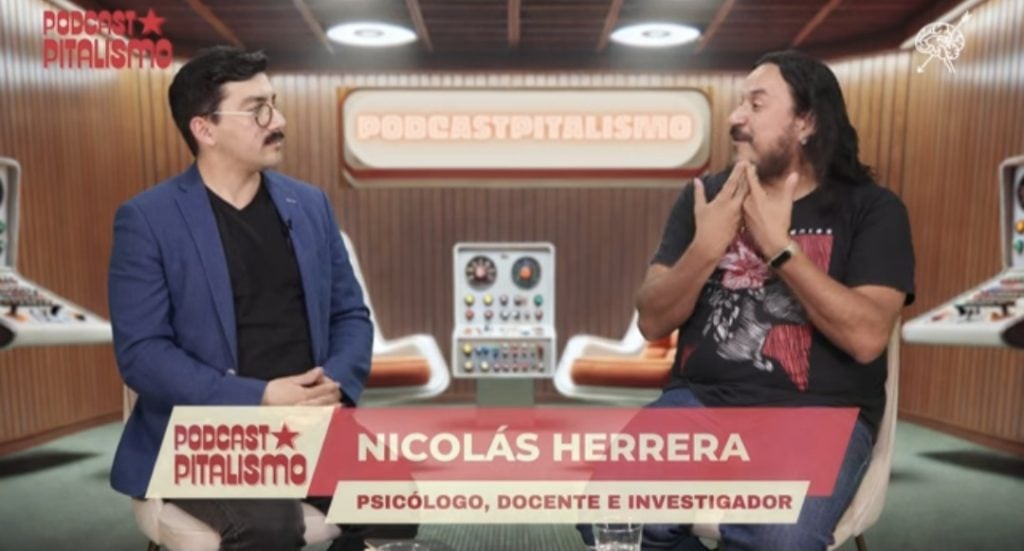
-Now, Nicolás, I would like you to tell us more about Camilo’s history. In Chile, he is known as the revolutionary priest who died for his ideals in guerrilla warfare, specifically while fighting with the ELN. Tell us about this history, including more familiar elements: what family did Camilo Torres come from, what were his university experiences in Colombia, how did he move to study as you mentioned in Leuven, and then return to found the Sociology School with Fals Borda? You describe him well as an integral organic intellectual. Share with us some of those biographical evolutionary components that led him to join the ELN.
No one would guess Camilo Torres would become a guerrilla fighter. Camilo Torres was born in Bogotá on February 3, 1929. His father was the dean of the Faculty of Medicine and is regarded as one of the fathers of pediatrics in Colombia, educated at Harvard, France, and with postgraduate studies in Belgium.
Camilo came from a noble family, with patrician surnames. His father, Torres Umaña, is a derivation of the surname Omaña, linked to Colombia’s history through Francisco de Paula Santander, who shares the second surname. Thus, Camilo Torres hails from a lineage connected to the Bogotá elite.
Consider the small anecdotes preserved by his mother from her exile to Cuba, such as a tiny shoe that was Camilo Torres’s first; it was dipped in copper—a practice among the elite of that time to preserve the first shoe of a newborn, inscribing their name and date of birth on the sole for remembrance. I wonder if your mother has your baby shoes as a keepsake.
-A little shoe that was supposedly a shoe.
In his case, it was quite symbolic—his father and mother, linked to the Liberal Party, moved to Europe when he was just one year old, granting him early cosmopolitan experiences since his father was part of Colombia’s diplomatic corps at the League of Nations, the precursor to the United Nations. Consequently, he lived in Europe for three years before returning to Colombia to study at private schools.
He started at a German school, which the Colombian government closed for supporting Nazi racism, and then moved to a Jesuit school, from which he was expelled for focusing on everything but his studies. In fact, he had a very interesting journalistic vocation.
Is he the founder of two newspapers?
He had a publication called El Puma, which, in his characteristic sense of humor, cleverly subtitled itself as a weekly newspaper published every month. It was somewhat of a play on words.
Afterward, he ended up at the Liceo de Cervantes, a pro-Hispanist school. Being pro-Hispanist in the 30s and 40s implied a pro-Francoist stance. Thus, Camilo Torres was educated in pro-Nazi and pro-Francoist environments, void of leftist ideas.
When he graduated from high school, he could choose among four careers that led to a doctorate at the time. He discarded medicine, as his paternal grandfather, father, and a brother were doctors. He found architecture uninteresting, leaving law as the only option, where he began his legal studies.
Among his law classmates was (Gabriel) García Márquez, but Camilo lost interest in law, and became a writer for a university newspaper, where he published García Márquez’s first poem.
He had already established contact with a group of French friars, Dominicans, who had a vision of Christianity he found intriguing—what he termed scientific Christianity. This perspective prioritized love over ritual observances or adhering to moralistic codes. He believed that as long as one loved their neighbor, that was the essence of righteousness. This principle of love’s primacy resonated with him; he proclaimed he wanted to become a professional of love, which led him to join those friars. However, his mother and father were anticlerical and opposed his decision, resulting in a compromise wherein he entered the major seminary of Bogotá, was ordained a priest, and subsequently studied social sciences in Leuven from 1954 to 1958, where he also witnessed experiences from behind the Iron Curtain.
He observed the worker control in Tito’s Yugoslavia, which immensely intrigued him. He noted that all youth had guaranteed rights, yet traditional communism presented a structural limitation inhibiting personal fulfillment and dream development.
What captivated him most was the mysticism. Upon returning from socialist countries, a seminar companion remarked that if Christians had half the mysticism of Marxists, the world would be far more livable.
Following this transformative experience in Mexico, which was quite renewing for him, he spent three months in the United States at the University of Minnesota before returning to Colombia in early February 1959, just after the Cuban Revolution triumphed on January 1. He arrived initially as an auxiliary chaplain at the National University and subsequently founded the sociology program with Fals Borda.
Fast forward to 1966, when Camilo Torres fell in combat. This whirlwind journey saw him bringing forward transformative theories and ideas of Christianity while confronting the traditional conservative Catholic conceptions of his time.
Progressively, he discovered that many social categories and theories he had learned were misaligned with Colombia’s reality—an uncontrollable, underdeveloped, and oppressed country. Therefore, he could not apply the dominant theories effectively.
Moreover, what good was this if people continued suffering? He began working slowly, hand in hand with Fals Borda, striving to comprehend issues alongside the community. He gradually developed an implicit social theory committed to the people, opening the university’s frontiers. Today, critical university outreach, exemplified by Dr. Humberto Tomasino from Uruguay, is a modern concept, although back then, no such labels existed.
Students I’ve interviewed recalled how they attended university from Monday to Friday, and on Saturdays at 7 a.m., a university bus took them to popular neighborhoods where they worked weekends. Through this engagement (1960-64), Camilo Torres discovered the people, and over those years, he was educated by them.
The process transformed his perspective; he realized that simply sensitizing the elite was inadequate. What was essential was to support popular organization. He then shifted towards this understanding, recognizing that his prestige and resources should serve the popular struggles.
In the midst of tensions with the elite, he abandoned clerical life, founding a political movement called the United People’s Front, which emerged as the most significant mass movement of the 20th century after Jorge Eliécer Gaitán’s movement. He chose not to leave for the exterior amid pressures but to remain in the political fight. Various circumstances led him to enlist in the National Liberation Army, taking his radical ideals to the extreme and risking his life in adherence to his beliefs.
This exercise in extreme coherence is fascinating; he neither renounced nor acted out of ambition. Everything within his work is propelled by what he called «effective love.» How do we facilitate people’s effective love?
-In almost a Leninist perspective, if you have big dreams, see how to begin building them now. I would also like you to discuss this transition to guerrilla warfare; what are the causes behind it? Often when talking to Colombian militants or examining histories, they conclude that the repression occurring in cities ultimately drives people toward the mountains. In your book, you explore seven propositions that might explain this and which may interrelate. What elements can you synthesize regarding the reasons why Camilo Torres decided to join the ELN and why the ELN rather than the FARC, an organization that was also developing at that time and arguably had greater grassroots support?
Indeed, when I look at studies by intellectuals and researchers reflecting on Camilo’s practice, they often adopt overly simplistic criteria. I believe that none of us make life decisions for a single cause. When I choose to fall in love or decide to live with someone, my motivation may extend beyond mere attraction; it could also stem from economic factors or possibilities for scholarships or loans. This doesn’t negate one motivation over another.
Some scholars from more conservative perspectives argue that Camilo turned to guerrilla warfare out of frustration with traditional politics. More radical leftists contend that it was because he was an entirely coherent individual. Such polarized analyses exist.
From my perspective, it’s not solely about one reason. Camilo stated that one must fight until the last consequences. Thus, his decision to go into the guerrilla context speaks volumes about him—it reflects a connection between his words and actions.
He had high hopes for a united left without petty squabbles, aspiring for a real program of transformation. What ultimately transpired was internal cannibalism, which undoubtedly generated some frustration, leading him toward guerrilla warfare.
Some argue that his mother had tendencies toward depression, and he himself immersed intensely in reality, leading him to need occasional distance. This could have been a personal and human element, seeking solace in the mountainous convent as a viable alternative. However, we must consider the prevailing context.
Jacques Le Goff suggests that individuals resemble their parents yet are more defined by their historical moment. In this regard, the prevailing condition was armed struggle; there were no alternative paths to transformation. If Camilo had lived five more years and witnessed Allende’s triumph—a democratic existence—he might have thought, «Ah, this path is also viable,» but at that moment, no such option was available. Consequently, during the armed struggle, he came to the rational conclusion that it was the only escape, a determination that was rational, stemming from his investigative background, rather than impulsive.
Additionally, he was convinced by the method. Before heading into the mountains to engage as a rural guerrilla fighter, he had a meeting with ELN commanders and user integration formally with the ELN as an urban guerrilla. He had adopted ELN theses as his own.
Upon joining, he became a militant with a leader, agreeing that if circumstances became challenging, he should return. This reflects another aspect: militant discipline. When the situation grew difficult, he adhered to his leader’s directive to return.
Thus, all these factors coalesce but are rarely singular. Now, regarding why he chose the ELN over the FARC, I believe various explanations exist. In his own proclamation to the Colombian people, he outlines his reasons. Firstly, the ELN was established as a pluralistic guerrilla, espousing a Latin Americanist vision enriched with a liberating spirit—El Ejército de Liberación Nacional. This liberating ideology resonated with him. In the ELN’s early documents, they asserted their mission to unite the people, regardless of organizational affiliations, focused on their material needs. Camilo Torres spoke of unity, which made their discourse appealing.
In contrast, the FARC represented a specific articulation of communists or liberals, predominantly communists. They didn’t present a call for unity across the spectrum. The ELN encapsulated a plurality that excited him.
Furthermore, it’s evident from his own documents and life that during his meeting with ELN leaders, they forged an agreement, reconciling the ELN’s perspectives with those of the United Front, which was a political movement.
This illustrates the political identity shared between the two programs, and this leads me to believe he was indeed an integral organic intellectual. Jean Marc Piotte, a scholar of Gramsci’s work, describes the intellectual as someone who organizes hegemony, economy, and politics. Beyond those spheres, the intellectual also organizes armies and coercion.
We have encountered many organic intellectuals, yet few extend their efforts toward coercion organization. Camilo Torres took that significant step towards organizing an army, signifying a distinctive trait.
I believe that in Latin America, the two symbolic figures of this phenomenon are Che Guevara and Camilo Torres, notable figures separated by only a few years in their births and deaths.
Next, you can watch the second episode of the second season of Podcastpitalismo:
